Tips & Recipes
Tips
- Grassfed beef is ideal at rare to medium-rare temperatures. If you prefer meat well done, cook at
a low temperature in a sauce to add moisture. A slow cooker is ideal.
- Because grassfed beef is low in fat, coat it with extra virgin olive oil or another light oil for
easy browning. The oil will also prevent the meat from drying out and sticking to the cooking
surface.
- Very lean cuts like New York strips and sirloin steaks can benefit from a marinade. Choose a
recipe that doesn't mask the flavor of the beef but will enhance the moisture content. For safe
handling, always marinate in the refrigerator.
- Never use a microwave to thaw grassfed beef. Either thaw in the refrigerator or, for quick
thawing, place the vacuum sealed package in cold water for a few minutes. Let it sit at room
temperature for no more than 30 minutes. Don’t cook it cold straight from the
refrigerator.
- Tenderizing breaks down tough connective tissue, so use a mechanical tenderizer like the Jaccard.
It’s a small, hand-held device with little “needles” that pierce the meat and
allow the marinade or rub to penetrate the surface.
- Another way to tenderize is to coat a thawed steak with your favorite rub; put it into a plastic
zipper bag; place on a solid surface; and, using a meat mallet, rolling pin, or other hard object;
pound a few times. This will not only tenderize the meat, but will also incorporate the rub, adding
flavor. Don't go overboard and flatten the beef unless the recipe calls for it.
- Always pre-heat the oven, pan, or grill before cooking grassfed beef.
- Grassfed beef cooks about 30 percent faster than grain fed beef. Use a thermometer to test for
doneness and watch the temperature carefully. You can go from perfectly cooked to overdone in less
than a minute. The meat will continue to cook after you remove it from the heat, so when it reaches
a temperature ten degrees LOWER than the desired temperature, it’s done.
- Let the beef sit covered in a warm place for eight to 10 minutes after removing from heat to let
the juices redistribute.
- Pan searing on the stove is an easy way to cook a grassfed steak. After you’ve seared the
steak over high heat, turn the heat to low and add butter and garlic to the pan to finish
cooking.
- When grilling, quickly sear the meat over high heat on each side and then reduce the heat to
medium or low to finish. Baste to add moisture.
- Never use a fork to turn the beef. Always use tongs.
- When grilling burgers, use caramelized onions or roasted peppers to add low-fat moisture to the
meat.
- When roasting, sear the beef first to lock in the juices and then place in a pre-heated oven. Reduce the roasting temperature by 50 degrees F.
Rub Quick Tips
- Dry rubs consist of herbs, spices and other dry seasonings.
- Paste-type rubs, which are perfect for roasts, contain small amounts of wet ingredients, such as oil, crushed garlic or mustard.
- Rubs can be applied just before cooking or up to 2 hours in advance and refrigerated until cooking time.
- Simply combine the ingredients and apply evenly to all surfaces. Cook beef to desired doneness.
Question:
What’s up with grass-fed beef? It’s so expensive. Can it really make much of a difference to my health?
Answer:
"Yes!” says David Katz, MD, a Prevention advisory board member. Grass-fed beef is higher in healthy unsaturated fats and lower in saturated fats than less expensive steak from conventionally raised cows, which eat a corn-based feed that’s often supplemented with antibiotics and growth hormones. “If you eat beef at all,” says Dr. Katz, “definitely go grass fed.”
What’s up with grass-fed beef? It’s so expensive. Can it really make much of a difference to my health?
Answer:
"Yes!” says David Katz, MD, a Prevention advisory board member. Grass-fed beef is higher in healthy unsaturated fats and lower in saturated fats than less expensive steak from conventionally raised cows, which eat a corn-based feed that’s often supplemented with antibiotics and growth hormones. “If you eat beef at all,” says Dr. Katz, “definitely go grass fed.”
** Buy Local **
All-natural Pork,
White Sulphur Farms,
Lee Hemmer,
(770) 530-3646
whitesulphurfarms.com.
All-natural Pork,
White Sulphur Farms,
Lee Hemmer,
(770) 530-3646
whitesulphurfarms.com.



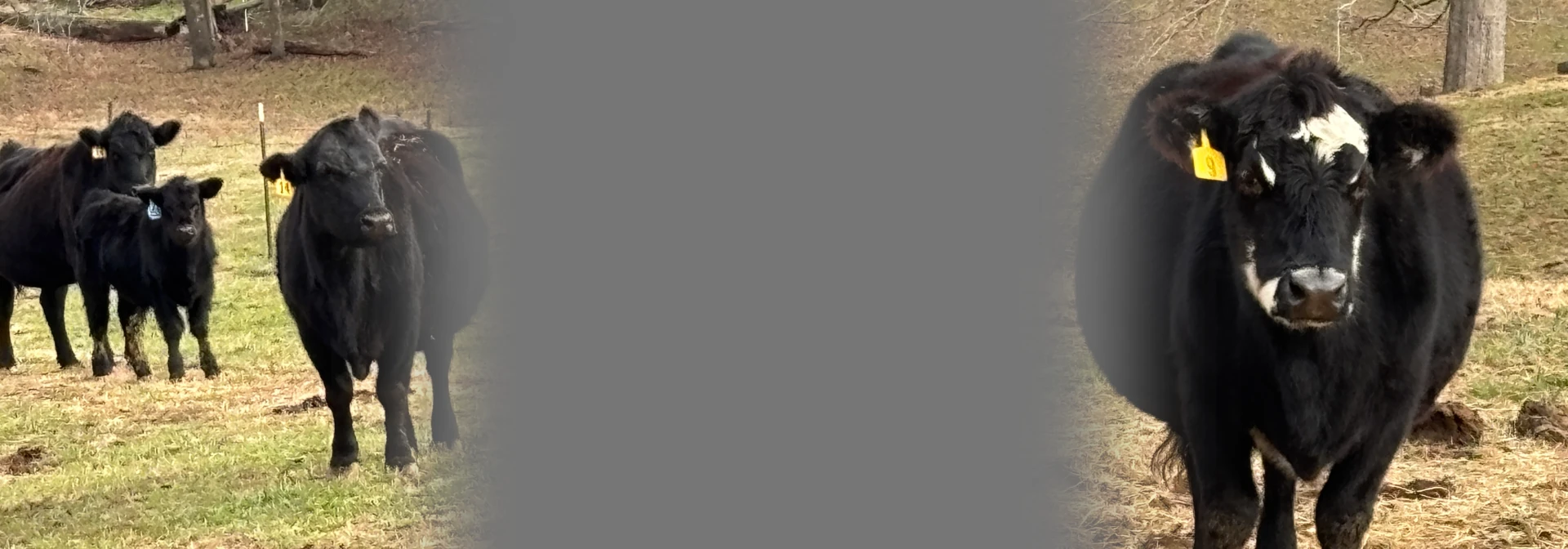

 Pepper-Crusted Tri-Tip with Garlic-Sherry Sauce
Pepper-Crusted Tri-Tip with Garlic-Sherry Sauce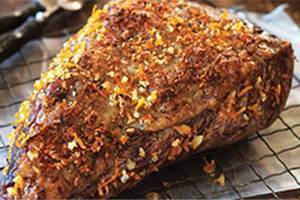 Pepper & Orange Rubbed Beef Roast with Balsamic Beets
Pepper & Orange Rubbed Beef Roast with Balsamic Beets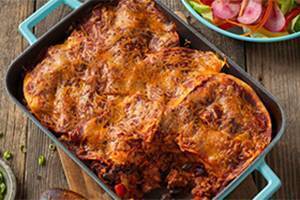 Spicy Mexican Beef Bake
Spicy Mexican Beef Bake Spicy Cajun "Boudin" Meatballs
Spicy Cajun "Boudin" Meatballs Italian Beef and Bean Stew
Italian Beef and Bean Stew Chuckwagon Beef & Pasta Skillet
Chuckwagon Beef & Pasta Skillet Sloppy Joe Bake
Sloppy Joe Bake Quick Beef Fajitas with Pico de Gallo
Quick Beef Fajitas with Pico de Gallo Three-Way Crumbled Beef Sandwiches
Three-Way Crumbled Beef Sandwiches Five-Way Mini Meatloaves
Five-Way Mini Meatloaves Fresh Tomato, Beef & Penne Pasta
Fresh Tomato, Beef & Penne Pasta Zesty BBQ Cheeseburgers
Zesty BBQ Cheeseburgers Espresso Rub
Espresso Rub Smoky Paprika Rub
Smoky Paprika Rub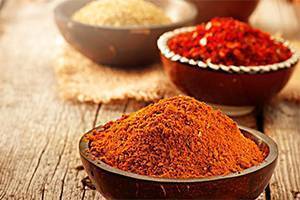 Cowboy Steak & Roast Rub
Cowboy Steak & Roast Rub Lemon Thyme Rub
Lemon Thyme Rub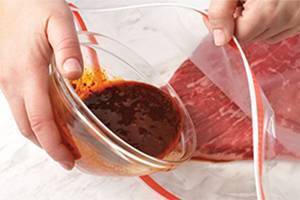 Balsamic-Mustard Marinade
Balsamic-Mustard Marinade Simple Southwest Marinade
Simple Southwest Marinade



